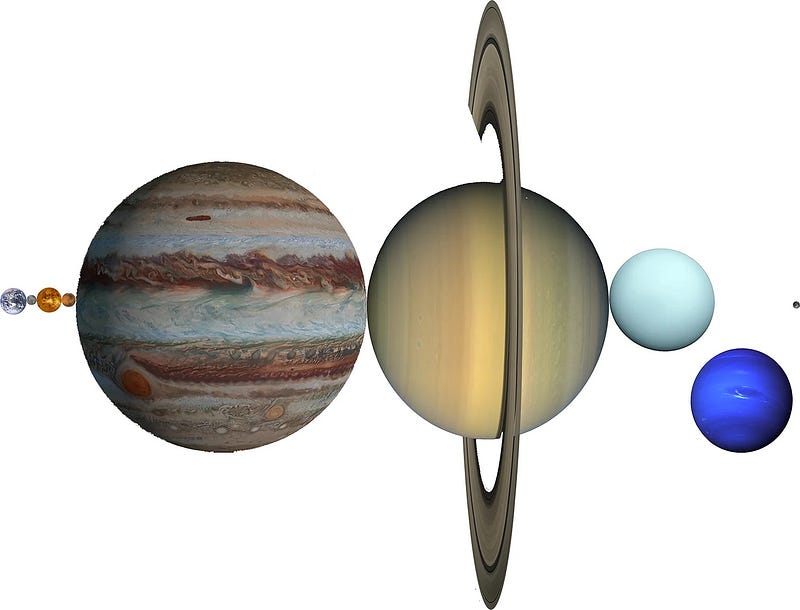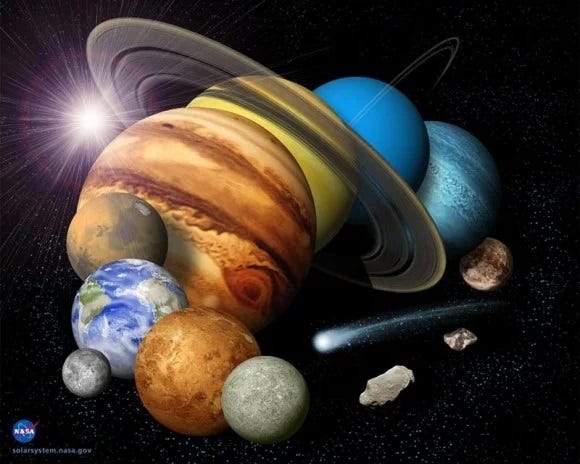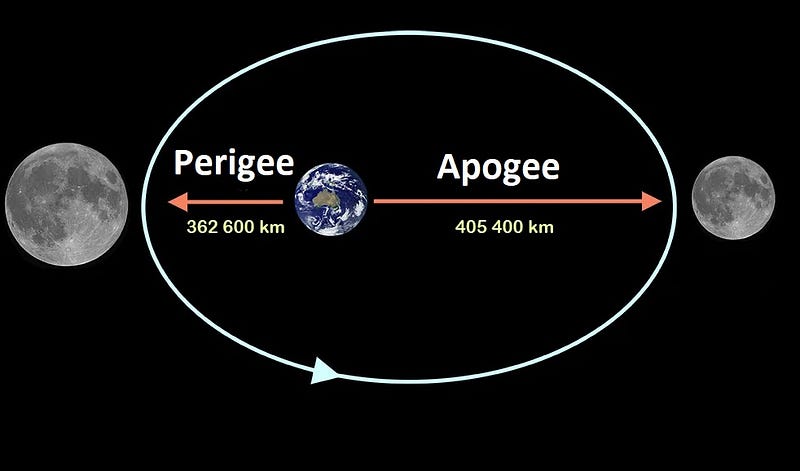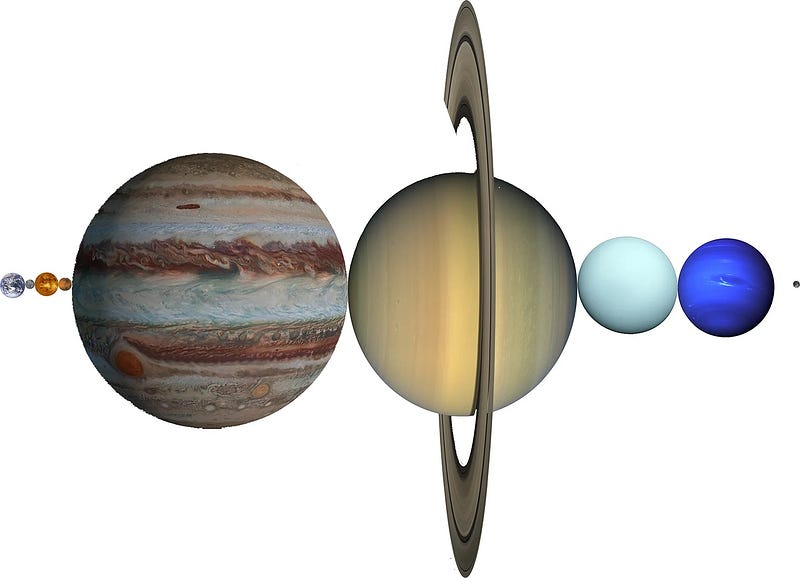# Can All Planets Fit Between Earth and the Moon? Let's Find Out!
Written on
Chapter 1: Understanding the Distance
The claim that all the planets in our solar system could fit between the Earth and the Moon often circulates on various social media platforms. This idea raises intriguing questions among readers. For instance, one reader shared their confusion after measuring the distance from Earth to the Moon and comparing it to the diameters of the planets they found online. They wondered if this widespread notion is indeed a myth.
Let’s delve into this together. First, let’s replicate what this reader attempted. According to Google, the distance from our planet to the Moon is approximately 384,400 kilometers.

Now, let’s gather data about the radii of the planets, which can typically be found on sites like Wikipedia. To make things clearer, I created a visual representation that illustrates the relative sizes of the planets.

Interestingly, it turns out that there isn’t enough space for Neptune to fit between Earth and the Moon after the other planets have been accounted for. Does this mean the information shared by popular science pages is inaccurate?

The truth is, the information is partially correct. However, it should be clarified that all planets can only fit between the Earth and the Moon when the Moon is at its farthest point from Earth.
Chapter 2: The Nature of Orbits
Many educational materials illustrate the orbits of planets and moons as perfect circles for simplicity, yet in reality, these orbits are elliptical. Venus has the closest orbit to a circle.

Consequently, the difference in distance between the Moon's furthest point (apogee) and nearest point (perigee) exceeds 40,000 kilometers, which is enough to accommodate the diameters of Earth, Venus, Mars, and Mercury combined!

By utilizing the apogee distance for our calculations, we find that Neptune actually fits, with additional space available.
So, what does Google provide us? It gives the average distance from Earth to the Moon, typically represented as the semi-major axis of the Moon’s orbit. For precise astronomical calculations, however, it is essential to use exact distances relevant to specific times.
Read more: Why does NASA edit images from Mars?
PS: This article simplifies some aspects, such as the fact that planets are not perfect spheres; particularly for gas giants, the difference between equatorial and polar radii can be several percent. Yet, this does not significantly alter our conclusion.
If you're interested in more articles about space, feel free to clap! Subscribe to our channel and leave your questions, which I will address in future posts. If you appreciate my work, consider supporting me on Medium for just $5 a month, which will help us produce even better content.